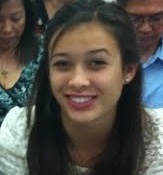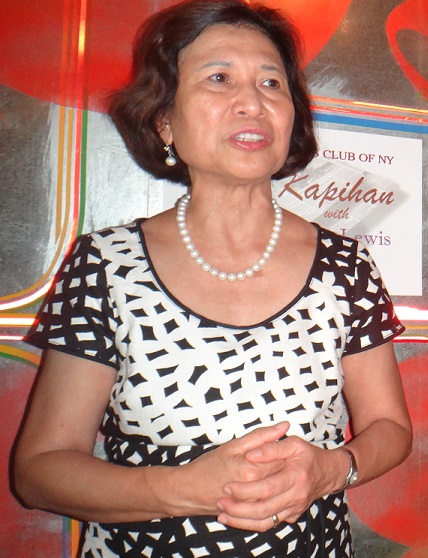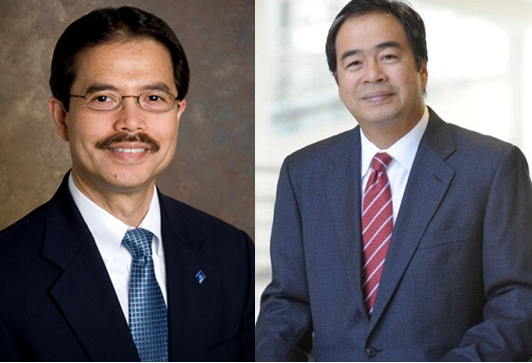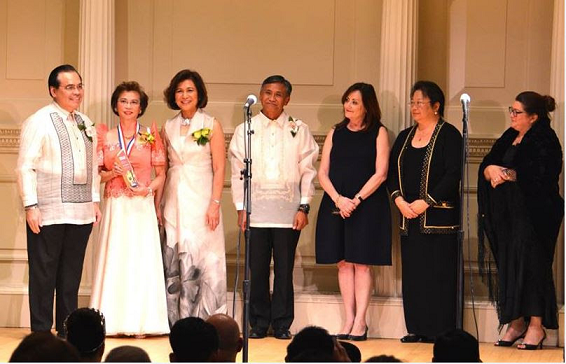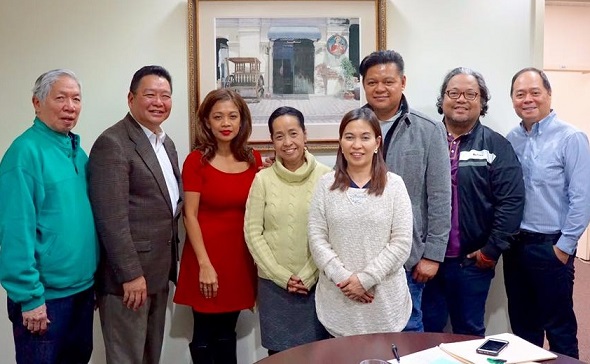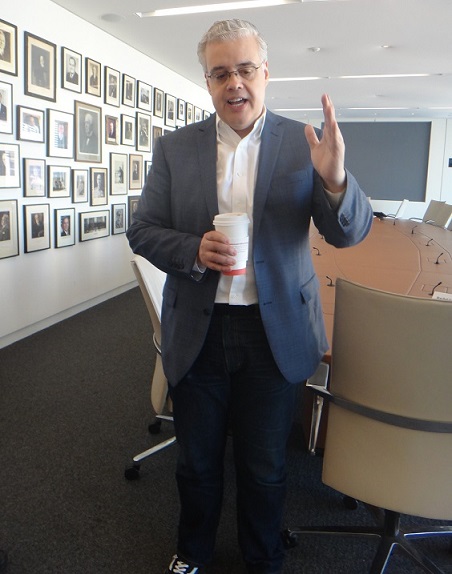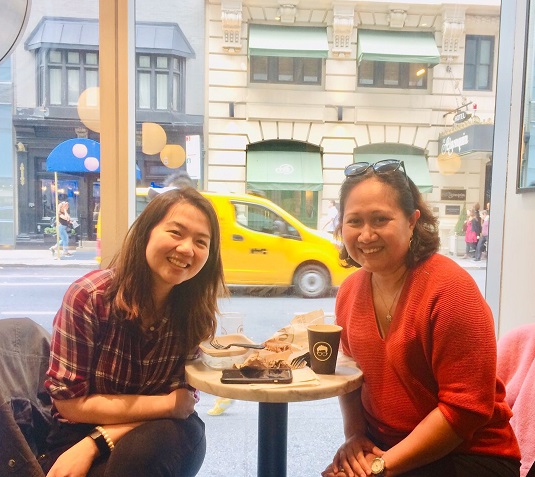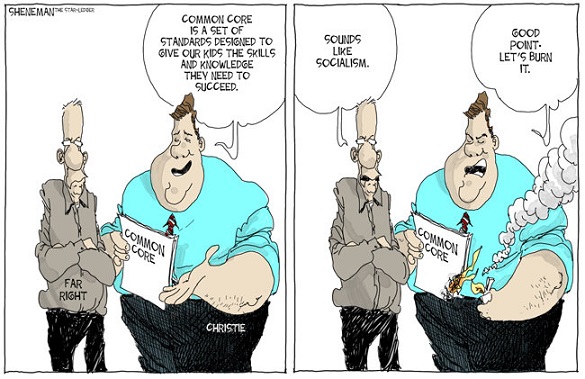Marvin Cadornigara explains Common Core and why learning Science is more exciting because of it

Mr. C is a Science teacher at New Explorations Into Science, Technology And Math High School, a school for gifted students, on the Lower East Side.
It was another one of those assignments in Science class. The students were asked to submit a ‘project-based science inquiry.’
A Filipino American student, together with her classroom partner, presented a paper on Jose Rizal as an environmentalist. In that report, the students described how the Philippine National Hero, an ophthalmologist, was able to discover a species of flying lizard while he was in exile in Dapitan. That reptile would later be named Draco rizali by a German zoologist in honor of its incarcerated founder.
The report was presented orally complete with a sketch drawing of Rizal and “well-researched information and a cohesive summary,” said Marvin Cadornigara, 49, a Science teacher at New Explorations Into Science, Technology And Math High School in the Lower East Side, also known as NEST+m.
Cadornigara – called Mr. C by his students – shared that story to demonstrate to The FilAm what Common Core is and how it is changing the way New York’s public schools are teaching Math and Science.
Common Core State Standards is a system of teaching English Language Arts & Literacy in History, Social Studies, Science, and technical subjects that is “standardized and broad-based.” What this means, according to Cadornigara, is that the teaching curriculum incorporates greater emphasis on reading, writing, speaking and listening in the teaching of Math, Science and other technical subjects. More than 40 states, including New York, have adopted Common Core. The idea, according to proponents, is to ensure that K–12 students “are college and career ready” by the time they reach high school. The bottomline: to develop critical thinking, problem solving and writing skills among American students.
Cadornigara, a teacher for 26 years – 15 years in the Philippines and 11 years in New York — recalled how students of an earlier generation learned science by simply memorizing formulas and definitions.
“Whatever information was acquired stayed in the notebooks and in quizzes,” he noted.
Under Common Core, a student acquires information from the classroom and “supplements it with additional research gathered from outside sources, such as the Internet, puts the ideas together, evaluates what he has learned and shares that new information with others until the classroom benefits from the sharing of new knowledge.”
A germ of an idea expands and stretches beyond the scope of what was initially discussed in school.
He once asked his students to watch a documentary on global warming, and to write a report based NOT on their opinion or on information they have seen in the film.
He was “amazed,” he said, that students identified new facts on conserving energy, creating new threads of information in addition to what they have learned from the documentary.
“I’m amazed that students are able to use literary skills to come up with their own ideas, construct their own understanding of ideas, and share what they have learned and communicate it with others,” said Cadornigara.
To be sure, Cadornigara did not arrive in New York already a master of Common Core. He too had to learn how to teach it and every month, NYC public school teachers like him need to constantly review and “align” their understanding of the controversial teaching standards.
Some parents and politicians have denounced Common Core as putting too much pressure on students.
In the teaching of Math, for example, they contend the ‘old way’ of addition and subtraction is simpler to learn. Under Common Core, learning Math becomes more than just a matter of getting the correct numerical answer. It involves a process of evaluating the mathematical problem and figuring out the principle behind what computation process to use. A little too complicated or strange to some parents, like the comedian Louis C.K. who went on Twitter to say how “My children used to love Math, but now it makes them cry.”
That has not been his experience in Science, asserted Cadornigara.
“I have not heard parents complain about Common Core,” he said. “Some say their children have so much work to do when they get home, and we tell them that we, the teachers and the school system, are challenging their kids to go beyond what’s expected of them.”
NEST+m is the third New York school for Cadornigara, who came to New York 11 years ago. After getting his Master of Arts in Education from the West Visayas State University in Iloilo, he taught for seven years at the Philippine Science High School Western Visayas campus before coming to New York.
His first school was the Renaissance Middle School (IS 192) in Queens, where he taught for three years. At
Robert F. Kennedy Community Middle School (IS 250) also in Queens, he stayed for a year before moving to NEST+m.
“Teaching in America is both challenging and enjoyable,” he said. Challenging, because you have to deal with different personalities, including “yung mga pasaway.”
Gratifying too because sometimes, he comes across students like that FilAm kid who did a research on Jose Rizal.
“In their quest to learn, they’re willing to go back deep into the history of their culture,” he said.

